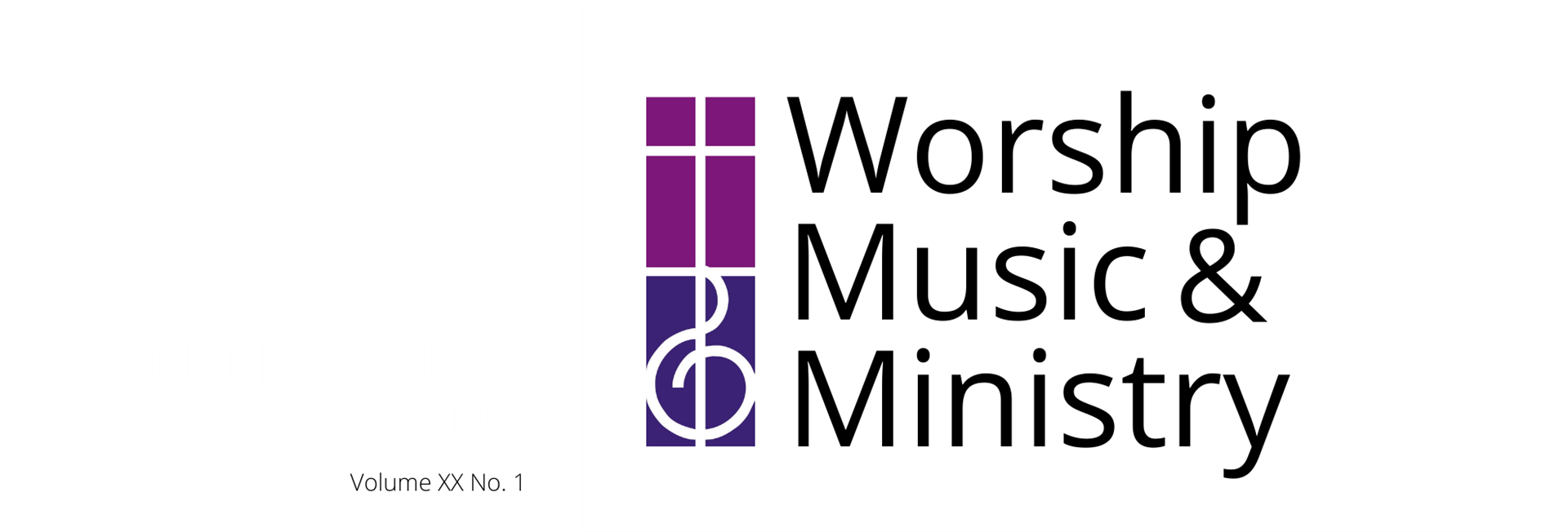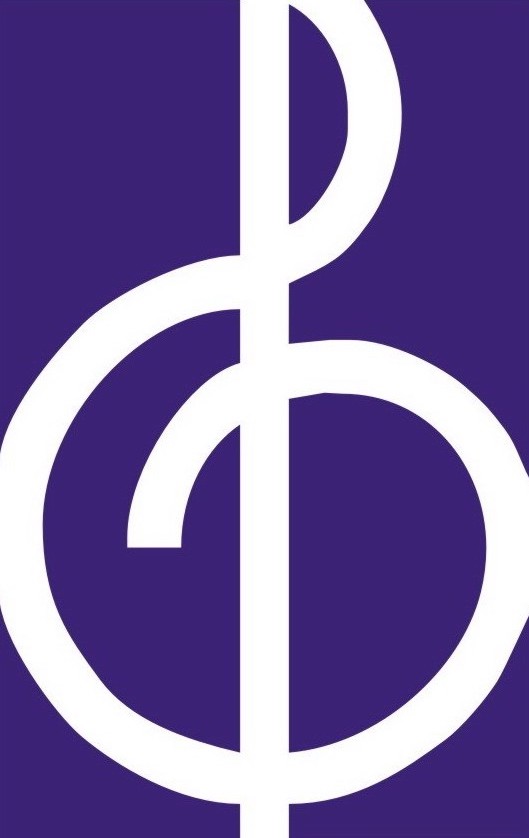TECH TALK:Entry-Level Video CamerasBy Jim Boratko Welcome to a continuing series in our journal as we discuss various concepts of bringing our worship into the 21st century using technology that is readily available and easy on the budget. In previous articles, we discussed how to live-stream your worship service on Facebook and YouTube only using your phone. The technology available in today's smartphones is amazing and very effective in producing a satisfactory viewing experience for our online communities. Since we have been live-streaming our services, we regularly get an equal number of online attendees at our services as we have in person! In addition, we often receive feedback from people who can't come on a particular Sunday that watch the service afterward. Homebound parishioners also appreciate being able to see a service. But perhaps you are interested in taking the next step into a more professional-looking product. If that is the case, you should consider purchasing a video camera and a tripod. Many entry-level video cameras will serve very well in the capacity of live-streaming worship. While more expensive cameras and equipment are available, it is important to remember that today's latest technology will become obsolete in about five years. So your objective should be to obtain the camera that will fit your needs and not worry about the extra options and features. Unless you are already familiar with those features and can use them consistently, purchasing a higher-end camera is probably not worth the money. Let's discuss some of the features that you should look for in a camera:
Some other bells and whistles may make one camera better than another, but all of these features are available in cameras that are under $250. Many manufacturers have cameras of this type, including Canon, Panasonic, Nikon, Sony, Hitachi, and a host of others. Please be aware of another caveat. None of these cameras can connect directly to your computer for live-streaming purposes. They are primarily designed so you can upload your videos to a computer, but not to live-stream. You will need one more piece of gear to make that happen — an HDMI Capture Card. Hold onto your hat — these devices will cost as much as your camera, but they are essential. I use a Magewell USB Capture HDMI Gen 2, but others are out there. I encourage you to investigate your options to move on to the next step of purchasing a camera. These are building blocks for creating a live-streaming system that should be considered an investment. In addition, there are many community bulletin boards where experts can weigh in with advice and recommendations. Just try posing a question like, "What is the best handheld video camera available?" and you'll have multiple options. Finally, our church is a member of the Southern New England United Church of Christ Conference (SNEUCC). Our Conference has an informal organization known as the Tech Deacons. Folks from all over our Conference gather online every two weeks to ask questions, receive guidance, and share experiences, both good and bad. Check out to see if there might be a similar organization in your Conference. ■
Jim will share some of his tips in a recurring column concerning the use of technology in worship. If you have any questions or want to suggest a future topic for him to address, please get in touch with Jim at jim.boratko@whfirstchurch.org. | MUSIC DOWNLOADS By Mary Louise Bringle Tune By McKee Lyrics & Arr. Reverend Cliff Aerie By Tom Trenney By Jean Sibelius By Jean Sibelius Arr. WWL By Jean Sibelius Arr. WLW CROSSES This Celtic wheel cross is a form of Christian cross that emerged in Ireland, France and Great Britain in the Early Middle Ages. It became widespread through its use in the stone high crosses erected across the islands, especially in regions evangelized by Irish missionaries. This cross is not to be confused with a variation that was appropriated for use as a symbol of white supremacy. The symbol is vastly used by non-extremists in contexts such as Christianity, neo-Paganism, and Irish patriotism. |

 Jim Boratko has been an organist and music director for nearly 40 years. He retired from his corporate IT job in 2015 and now devotes himself full-time to his passion for music. His technical IT and network support background merged with his musical experience as we navigated from in-person experiences to virtual rehearsals, concerts, and worship services.
Jim Boratko has been an organist and music director for nearly 40 years. He retired from his corporate IT job in 2015 and now devotes himself full-time to his passion for music. His technical IT and network support background merged with his musical experience as we navigated from in-person experiences to virtual rehearsals, concerts, and worship services..svg.png)

